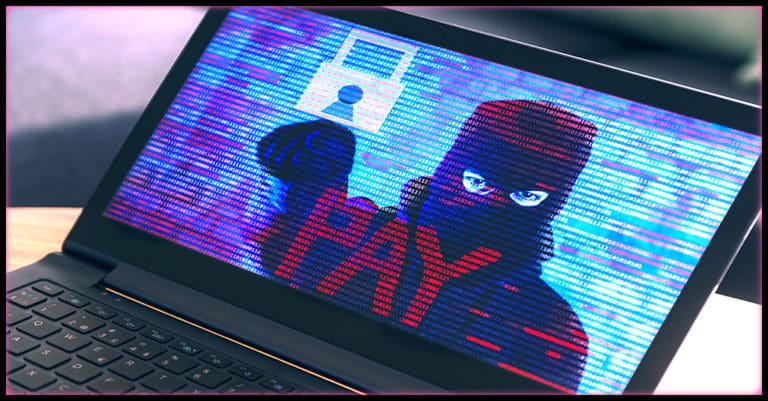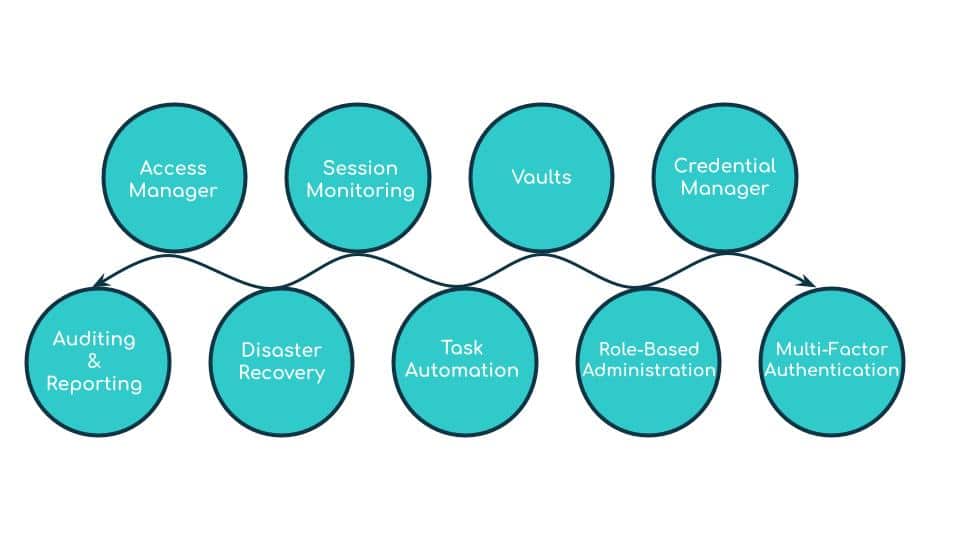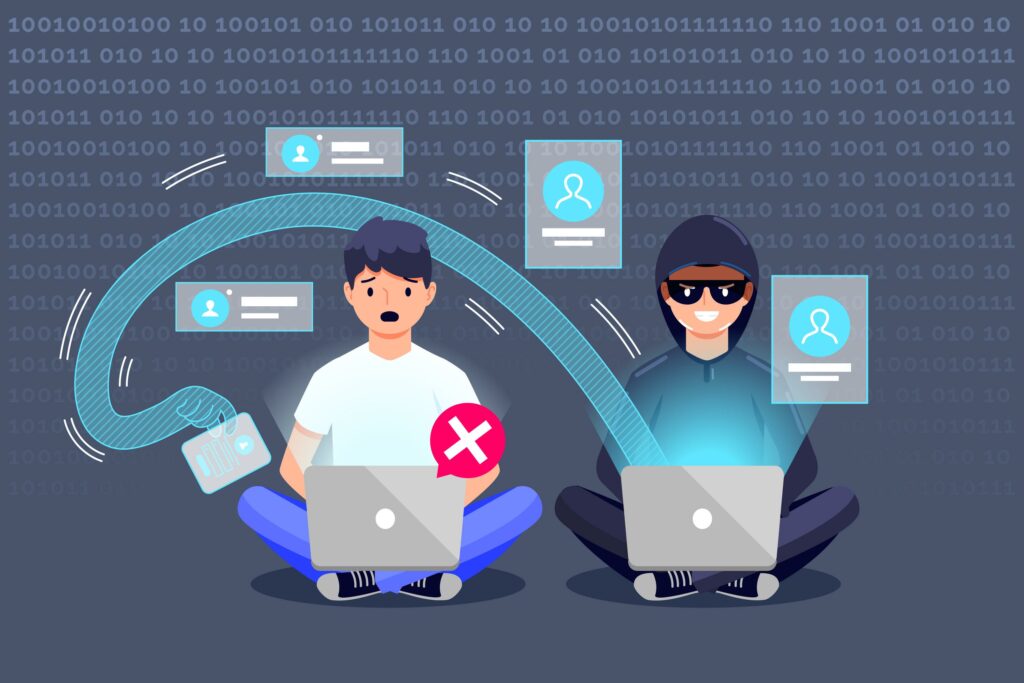Introduction
In the world of technology, we are in an environment where data and critical information are digitized. This practice may sound effortless but it also possesses high risk.
When a user decides to store their information on the internet or on their personal computers, security protocols must be implemented to prevent various types of attacks, one such being Ransomware Attack. This risk is not only for large-scale organizations but also for small-scale and all other internet users.
Ransomware Attack
Ransomware is a type of attack where the hacker compromises the victim’s system using malicious scripts through multiple methods like USB, E-mail, Malware, and Worms etc. Ransomware locks out the victim’s computer until a sum of money is paid. Ransomware is considered to be a virus but it is a different form of malware.
Ransomware Types
The two popular ransomware attacks are: –
- Locker Ransomware
This blocks the basic functions of a computer where the computer is partially available only to make payments. The data in the computer is not encrypted but the computer is locked and the user is not able to perform any operations except to the page to pay ransom or money.
- Crypto Ransomware
Crypto Ransomware scrambles the data on the victim’s computer. The scrambled data can only be decrypted by paying a ransom to the hacker.
How do Ransomware attacks happen?
A ransomware attack is performed by online phishing or spear phishing campaigns to trick users into clicking malicious links or downloading unsecured files. Most of the time these emails are designed in such a way that they seem to be sent from someone at a higher level of an organization, which tempts or forces an employee to open the message and fall for the trap.
After they infect the end user’s machine, the malware or the virus that acts as a bot starts searching for privileged user details (Credentials). With these credentials, criminals can access the most sensitive areas of the network, which allows them to gain valuable data and critical control over the entire IT infrastructure and the ability to lock files and stop business processes. At this point when the organization has no other way to escape this attack, they are forced to pay the ransom, knowing that every second of downtime results in revenue loss.

The largest global shipping company was hit with the WannaCry Ransomware which halted operation for 4 days and caused upwards of 300 Million dollar in losses.
How does PAM help in Ransomware attacks?
While ransomware attacks are dangerous and cause bad effects, it’s important to remember that this malware can only compromise the part of the network and the data it can access.
One way to protect yourself from ransomware is to protect the privileged credentials, if the privileged credentials are well protected and inaccessible from the end user’s machine, the ransomware infection will remain puzzled to that particular machine, and also be unable to spread to the critical processes that cause operational collapse if halted through good network monitoring and management.
By implementing robust Privileged Access Management (PAM) processes, organizations can protect their crown jewels from being compromised, even in the event of an unauthorized intruder getting access to the network.
In cases where an employee clicks a malicious link and the hacker gets access to the system, PAM can help curb the attack surface. PAM provides features like password rotation, session monitoring among several other features, which help prevent an attacker from crawling through the Enterprise network, thus limiting movement.
Features of PAM to prevent Ransomware
When we talk about features we mean the best practices that are implemented to prevent such attacks. With the help of PAM, we can administer a few technologies to monitor, record and audit the environment to intercept such threats.
Implement Zero Trust
The Zero Trust architecture is a principle where an organization’s privilege access is minimized according to its usage. This process can be handled by implementing a suitable PAM solution.
Avoiding human error and misuse
According to a report, it is stated that 20% of data breaches are caused due to human error and 8% are due to privileged access misuse. By human errors, we mean the usage of privileged accounts by multiple users and cybercriminals intelligence to successfully trick an employee into providing information or clicking on links. Due to this reason, such scams are becoming very popular among new cyber criminals. Employees need to be careful and look out for social engineering scams designed to trick them into leaking passwords. While proper training makes your employees the first line of defense against phishing attacks, you also need standard tools to support them. By taking the pressure off employees and equipping them with software that can recognize even the most sophisticated scams, you can limit your company’s risk.
Detect inside and outside threat
Most organizations are forced to have access from third-party or outsiders due to their requirements. While providing access to an inside user or outside user PAM supports us to verify what access we are trying to provide to the end user and what are the risks involved in it.
Improve protection with a password vault
Credential theft imposes a severe risk on an organization. To protect against such theft, PAM provides vaults to store credentials and sensitive information. PAM reduces ransomware risk by implementing a least privileged approach and credential theft protection to prevent attacks on machines where it lands combined with privileged credential rotation and isolation to block lateral movements and prevent attack propagation.
Monitoring and recording all privileged sessions
Privileged session management will enable centralized policy enforcement with real-time monitoring and recording to determine if users are exhibiting suspicious behavior and session termination if those policies are violated.
End Point Management
Now most PAM solutions offer Endpoint Management which scans the network for ransomware attacks. The PAM approach aids in the security of the first endpoint to which an attacker can obtain credentials, preventing credential theft, privilege escalation, and lateral movement.

How can SecurDI help?
At SecurDI, we provide adaptive solutions to protect your sensitive accounts. Solutions are provided on how a PAM account should be managed, and we configure the organization’s environment in such a way as to prevent it from attacks. In terms of PAM, we provide unique strategies, the best implementation techniques and great operational services. You will receive a solution that is reliable, sustainable and specifically designed to meet your needs.
Authored By,
Arsath Ahmed and Nanda Kishore

